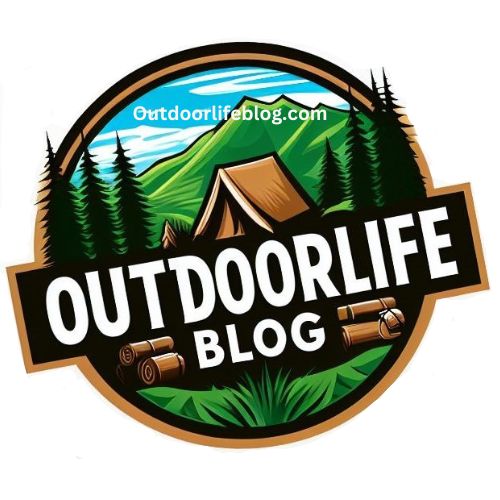The truth of the matter is the best binoculars for one purpose may be the worse binoculars for another. Understanding your application is paramount in determining the best fit for you. Although there are many other specifications and qualities which determine the usefulness of binoculars, I will discuss in this article the primary characteristics for determining the best fit for your application. But before I show you the list, I should go over some basic terminology. “Binoculars, getting It right the first time”. Lets take a look.

What do the numbers on binoculars mean?
All sporting optics (binoculars, spotting scopes, night vision goggles, monocular etc.) use the same nomenclature to describe important features. As an example, a pair of binoculars may have 10x42mm listed as a technical specification. But what does this mean?
The 10 refers to the magnification power of the binoculars that is, objects viewed will appear to be 10 times closer than when they are viewed by the naked eye.
The second number in our example is 42mm, this refers to the diameter, in millimetres, of the objective lenses on the binoculars. The objective lenses are located on the end of the binoculars the furthest away from your eyes when viewing.
As with the aperture of a camera lens, the size of objective lens determines the amount of light that can enter your binoculars. If your binoculars are going to be used during low light (hunting and astronomy are good examples) you had better have large objective lenses.

Field Of View
Another important number describing binoculars is called field-of-view. A field-of-view of 390′ indicates that the width of the sight picture is 390 feet at a distance of 1000 yards. Field-of-view is determined by magnification and the focal lengths of the objective and eyepiece lenses. More magnification always means less field-of-view. This specification is sometimes expressed in degrees. A field-of-view of 6.5 degrees equates to 341′.
Low Light Conditions
How well your binoculars will serve you in low light conditions is described as Twilight Performance. Although many things, such as overall design and quality of glass impact this specification, magnification and objective lens diameter are the chief components.
A quick way to determine the Twilight Performance of binoculars is to multiply the magnification power (first number) times the objective lens diameter (second number). The higher the result, the better the Twilight Performance. As an example, 10x42mm binoculars will have better Twilight Performance than 8x50mm binoculars.
While compact binoculars weigh as little as a pound, by using them you will undoubtedly sacrifice performance. If performance is your main consideration, full sized binoculars are preferred. Anything weighing over 1.5 pounds will get heavy fairly fast. Use a binocular support system instead of using a strap around your neck.

The amount of light available while using your binoculars will determine more than any other consideration which binoculars are best for you. Low light uses such as hunting, birding and astronomy require larger objective lenses.
Distance
The distance you will be from the object you view will determine the magnification power required in a pair of binoculars. If your application is bird watching, theatre or sporting events, a low powered binocular will suffice in most cases. But if you’re into astronomy, you’ll need a high-powered pair.
The minimum focal point in binocular terminology refers to how near an object can be to you and still be viewed in focus. This tends to be important for birding but not so important for most other uses.
Binoculars with a magnification power greater than 10x (and without a stability feature) will be difficult to hold steady. This becomes important when viewing the night sky or distant mountains. A tripod may be a good thing to have if you’re using binoculars with high magnification.

Waterproof
Using your binoculars outdoors will usually subject them to moisture. Waterproof binoculars are preferred for all marine, hunting, birding and other nature related activities.
Magnification
The greater the magnification, the narrower the field-of-view. If field-of-view is important to you, don’t purchase the most powerful binoculars you can find. This becomes very important when viewing objects that move quickly such as antelope, racehorses, shooting stars or race cars.
As with almost everything else in life, with binoculars you get what you pay for. There are binoculars that cost under $100 and others which cost in excess of $2,500. My experience says you will need to spend at least $250 for a pair of binoculars worth having.
There is no such thing as “one-size-fits-all” when it comes to sporting optics. If you have multiple uses for binoculars, you will most likely end up with multiple pairs of them and that’s fine.
Conclusion
Your understanding of these few simple tips will not only help you in acquiring the correct binoculars for your application, but they will also help you with successful viewing no matter what you’re looking at. Use the information above and you should get It right the first time. Go out there and enjoy yourself.



